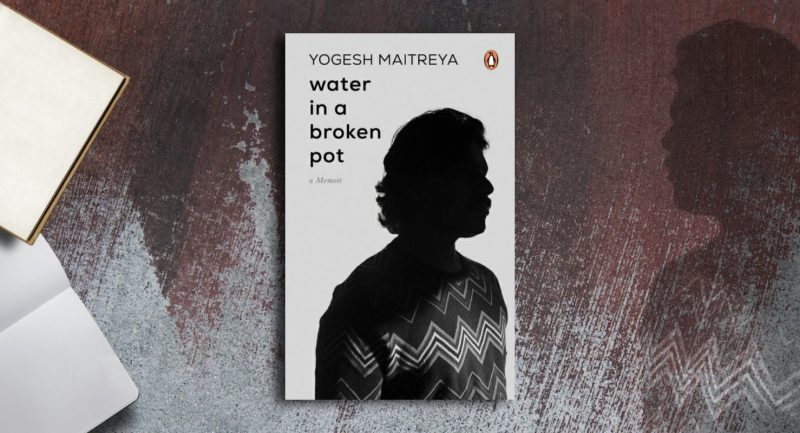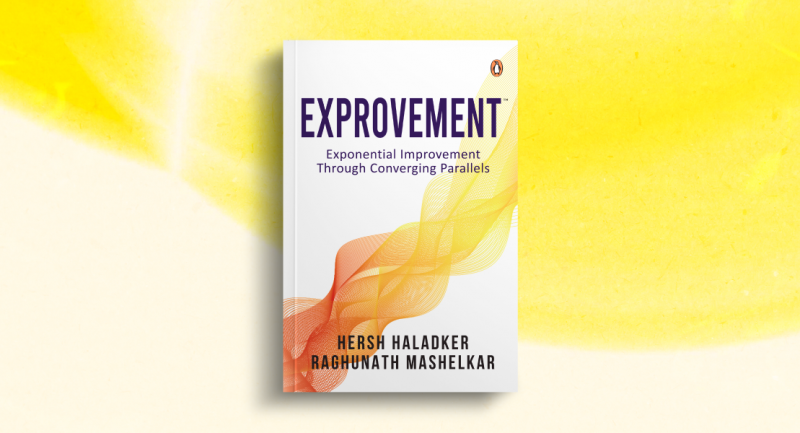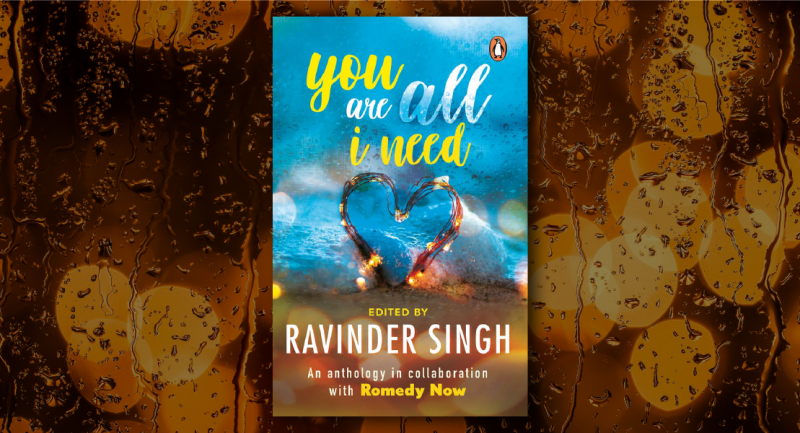
Shivshankar Menon served as national security adviser to the prime minister of India from 2010–14 and as India’s foreign secretary from 2006–09. A career diplomat, he has served as India’s envoy to Israel (1995–97), Sri Lanka (1997–2000), China (2000–03) and Pakistan (2003 06). In 2010, Menon was chosen by Foreign Policy magazine as one of the world’s top 100 global thinkers. Menon in his book, Choices, gives an insider’s account of the negotiations, discussions and assessments that went into the making of India’s foreign policy.
Let’s read an excerpt from the book- Choices.
———–
I am often asked why India committed itself to not using its nuclear weapons first. The center-right National Democratic Alliance (NDA) government adopted the no-first-use doctrine when India first publicly tested nuclear weapons at Pokhran in 1998, and all subsequent governments of India have reiterated this pledge.1 The doctrine states that:
The fundamental purpose of Indian nuclear weapons is to
deter the use and threat of use of nuclear weapons by any
State or entity against India and its forces. India will not be
the first to initiate a nuclear strike, but will respond with
punitive retaliation should deterrence fail.
India will not resort to the use or threat of use of nuclear
weapons against States which do not possess nuclear
weapons, or are not aligned with nuclear weapon powers.
There is still some residual anxiety in India about the wisdom of this commitment, particularly in military minds. Why have a weapon and forswear its use? India could have followed the United States and Pakistan in retaining the option of using its most powerful weapon first should the nation’s defense require it.
The answer to that question lies in India’s nuclear doctrine, which is itself a product of the unique circumstances in which India finds itself. Those circumstances also explain why India chose to test nuclear weapons and become a declared nuclear weapon state (NWS) in 1998.
By the late 1990s, India was in a situation where two of its neighbors with whom India had fought wars after independence, Pakistan and China, were already armed with nuclear weapons and were working together to build their capabilities and proliferate them in Asia. The international nonproliferation regime was not in any position to address this problem. India therefore chose to become a declared NWS in 1998. The Indian government made that decision in the face of opposition by all the major powers, despite misgivings within Indian society, and after twenty-four years of international nuclear sanctions resulting from India’s first nuclear test, Pokhran-I, in 1974. (India described the 1974 test as a “peaceful nuclear explosion,” adopting a term from the Nuclear Non-Proliferation Treaty, whereas the 1988 test was described by the government of India as a nuclear weapon test.) Those sanctions had been designed to “cap, cease and roll back” India’s civil nuclear program and potential to make atomic weapons. They had failed to do so. Since 1974, India had also been threatened with nuclear weapons at least three times: twice by Pakistan and once, implicitly, by the entry of the nuclear-armed U.S. aircraft carrier USS Enterprise into the Bay of Bengal during the 1971 war with Pakistan. (The Enterprise had also entered the Indian Ocean in 1962 when India and China fought their brief border war, but that move was intended to support, not threaten, India.)
When India decided to test nuclear weapons publicly, in 1998, it was evident that nuclear weapons, because of the scale and duration of the destruction they cause, are primarily political weapons, the currency of power in the nuclear age, rather than effective warfighting weapons. The government of India therefore declared after the 1998 tests that these weapons were to prevent nuclear threat and blackmail, and that India would not be the first to use nuclear weapons against other states. If, however, anyone dared use nuclear weapons against us, we would assuredly retaliate and inflict unacceptable damage on the adversary.
————










